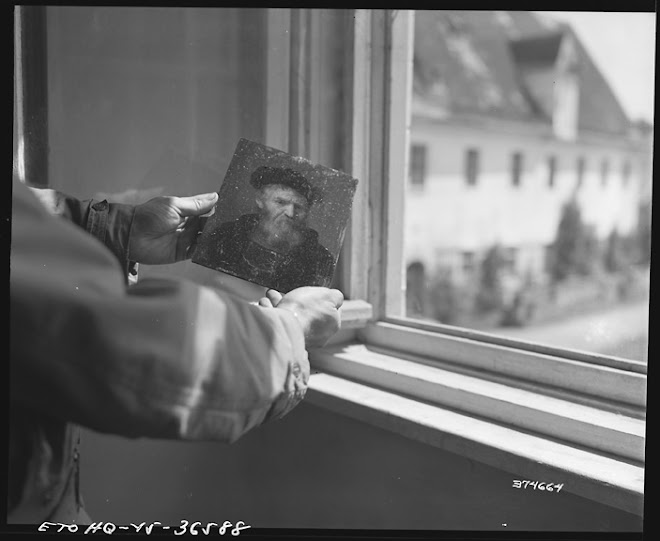Last month, on June 26th, 2009, Elie Wiesel spoke at the opening ceremony of the Holocaust Era Assets Conference in Prague. “What we so poorly call the Holocaust," the author and survivor said, "deals not only with political dictatorship, racist ideology and military conquest; but also with…financial gain, State-organized robbery, or just money.” A significant aspect of that robbery was the Nazis’ looting of art from Jewish people across Europe.
From 1933 to 1945, the Nazis looted over a million art objects. In the process of plundering the collections of Jews, the Nazis gained immense wealth. But the looting encompassed more than monetary gain. Art has always represented for mankind the highest reflection of the human condition. The Nazis’ act of stripping Jews of their art became a concrete means, too, of stripping from them the beauty of their humanity.
Much of the looted artwork was returned to proper owners or heirs in the years following the war. However, even today, many looted objects are yet to be restituted. As the Holocaust Era Assets Conference convened, Stuart Eizenstat, head of the U.S. delegation, told The Washington Post, "This is one of our last chances to inject a new sense of justice into this issue before it's too late for Holocaust victims."
A goal of the conference was “to discuss new, innovative approaches in education, social programs and cultural initiatives related to the Holocaust and other National Socialist wrongs.” In such a spirit of innovation, I decided to start this blog. My hope is that it can become a forum for a current, on-going conversation on Nazi looted art, when time perhaps may be running out for this important issue. Please feel free to send me your comments and questions, or share your own experiences related to the Nazis’ art confiscations.
In the act of looting art, the Nazis placed more value on objects than on the lives of people. Today, continued debate of their terrible skewing of priorities helps bring more fully to light the extent of the wrongs of the past.Such discussion may lead, in fact, to increased restitution-- not just of priceless paintings, but of a tangible beauty to the memory of a people.



